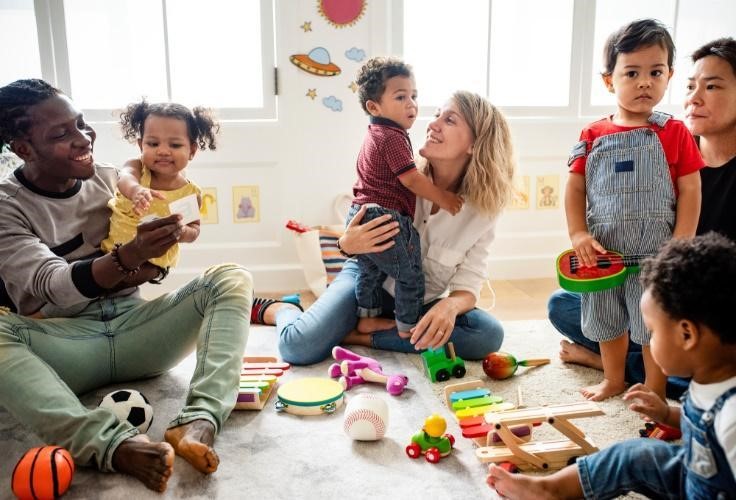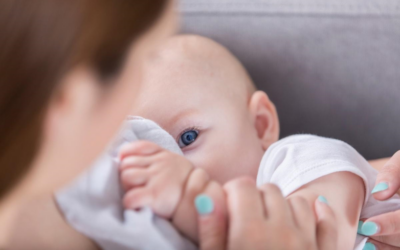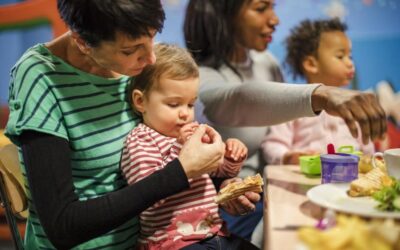Introduce diversity to the children in your care by creating an atmosphere of acceptance and inclusion
Children begin to learn about their identity at a young age. They start to notice similarities and differences between themselves and others. Recognizing differences in appearance, gender, language, and family structure are all common during childhood development, especially as young children work to learn more about the world around them. As a result, early childhood is the ideal time to introduce the concept of other cultures and the importance of respecting personal differences while understanding that all people have the same basic social needs and emotions.
Create a caregiving environment that teaches children about cultural diversity in the following simple ways.
Art
Children love to make things, and art is a great activity in caregiving environments. Art is also a way cultures have explored and expressed themselves for thousands of years. Help the children in your care to understand different art styles and identities by providing appropriate supplies and activities.
Make sure your art supplies include crayons, markers, paint, craft paper, and yarn that can represent a range of hair and skin colors. You can also provide activities that represent different ethnicities or cultural aspects.
Projects for very young children don’t have to include a difficult art history lesson; simply provide children with materials and guidance that allow visual familiarity with different regions. Adding large beads, shells, raffia, rice paper, and pieces of patterned fabric to your supply closet is a good way to get inspired.
Music
Music has a way of bringing people together; there’s something universal about rhythm. Introduce the children in your care to different cultures through instruments like maracas, bongos, wooden flutes, the marimba, gourds, tambourines, or rain sticks.
You can also incorporate folk songs, ethnic music, instrumentals, music in different languages, or tunes that represent different countries around the world. Even songs about acceptance and connection can help children recognize the common threads people share. Music is fun, and a great way to start a conversation about unfamiliar places.
Environment
The space you work and play in is the ideal place to include a multicultural representation. If there is diversity among the children in your care, seeing visual elements of people who look like they do can have a positive impact on feeling included.
If the children in your care generally come from the same culture, adding learning materials, classroom art, and dolls, puppets, and action figures that represent different races is a great way to subtly introduce the physical variances of different ethnicities in a positive way.
Storytelling
One of the most valuable teaching methods of early childhood involves storytelling. Children easily relate to and feel compassion for characters in books, and story time is an ideal opportunity to discuss emotions or practice critical thinking or problem-solving skills.
Fill your library with books that include different places, people, and situations. The lessons and stories don’t have to be about diversity; it’s often about creating a sense of familiarity and acceptance of others.
Show and tell
In early childhood, you’re setting the stage for future learning. Build a foundation of cultural understanding by showing the children in your care maps and globes, talking about places, bringing in interesting objects from other countries, sharing ethnic snacks, teaching simple greetings in other languages, or asking parents to send in postcards or pictures of countries they’re from or have visited. Anything you do to spark an interest in other places and people can lead to a lifetime of curiosity about the world.
Other cultures have a lot to offer in terms of art, music, stories, traditions, and landscapes. Introduce the children in your care to the world and inspire a deeper connection to others by creating a positive environment of diversity and acceptance in your caregiving space.
The Virginia Infant & Toddler Specialist Network helps improve the quality of care for infants and toddlers through extensive resources, services, and education for caregivers. Learn more about how we can help you improve the standard of care.




